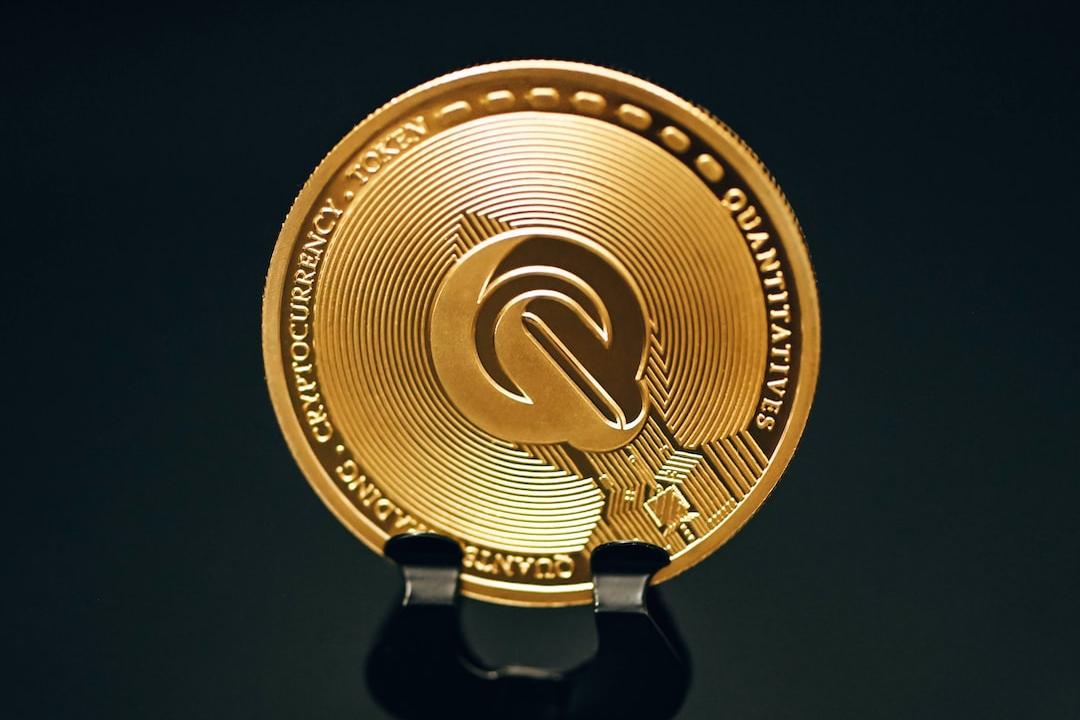Solana’s native token SOL experienced a significant decline of 21% in the past week, reaching its lowest point in almost six weeks. This drop led to $113 million in liquidations of leveraged long SOL futures contracts since April 11, indicating that investors may have been too optimistic after SOL’s 61% price surge in March.
This raises concerns about the possibility of further corrections and whether the support level of $130 will hold strong.
Market analysts note that Solana’s current market capitalization of $60 billion seems inflated, especially when compared to Avalanche’s $13 billion and Tron’s $10 billion, which are four and six times lower, respectively. However, some argue that the premium is justified by the rapid growth of Solana’s ecosystem, with numerous projects launching their own tokens.
On April 16, Coinbase announced the full integration of its wallet with the Solana decentralized exchange (DEX) ecosystem, supporting over 50,000 Solana SPL tokens. This integration simplifies the trading process for users by allowing them to directly input the contract address into the “swap flow,” thereby reducing barriers to entry into Solana’s ecosystem.
Between April 12 and April 17, the open interest in SOL futures decreased by 40% to $1.5 billion, reflecting a decreased demand for leverage. Analyzing the SOL futures funding rate can provide insight into whether this decline was primarily due to a decreased interest in long positions.
The funding rate for SOL perpetual futures often serves as an indicator of market sentiment. A positive rate indicates a higher demand for leveraged long positions, while a negative rate suggests a preference for shorts, betting on a price decrease.
The funding rate for SOL futures has been negligible since April 12, indicating a balanced interest between long and short positions. This data is somewhat reassuring considering that SOL’s price has dropped 33% in the last 16 days, with the possibility of closing below $136 for the first time since March 6.
Despite recent network congestion issues, the activity of Solana DApps has not been halted. The network experienced severe congestion, with a failure rate of up to 75% for transactions. In response, developers implemented an upgrade to alleviate these bottlenecks. Several projects have postponed their token launches until these network challenges are fully resolved.
The setbacks in notable projects like MarginFi have added pressure to SOL’s performance. On April 10, CEO Edgar Pavlovsky resigned, leading to $190 million in withdrawals. Other Solana-based projects have accused MarginFi of failing to release credits to users. This situation highlights the volatility and challenges within the Solana ecosystem.
Despite underlying factors, the decline in Solana SPL tokens has affected the entire market. In the decentralized finance (DeFi) sector, Jito (JTO) dropped by 29% since April 12, while Raydium (RAY) and Jupiter (JUP) experienced declines of 24% and 27% respectively. Prominent Solana memecoins like Dogwifhat (WIF) also suffered a steep 32% drop over a six-day period.
Analysts see Solana’s DApp activity as an indication of SOL’s price movements since decentralized application usage naturally increases demand for SOL. This demand comes from network usage fees and participation in SPL token airdrops.
Recent data from DappRadar shows a significant increase in Solana’s DApp volumes, rising by 60% to $1.3 billion in the past week, surpassing its competitors. During the same period, Ethereum saw a 20% increase in activity, while BNB Chain experienced a 13% rise. Despite these gains, Solana’s active user count remained stable at around 2 million, even as the Ethereum network witnessed a 4% drop in active addresses.
Considering the stable demand for leverage in futures markets and strong on-chain activity, there is little to suggest that SOL will lag behind the broader altcoin market. However, continued network congestion could challenge the sustainability of Solana’s premium valuation compared to other blockchain tokens.
This article does not provide investment advice or recommendations. Every investment and trading decision carries risks, and readers should conduct their own research before making a decision.

